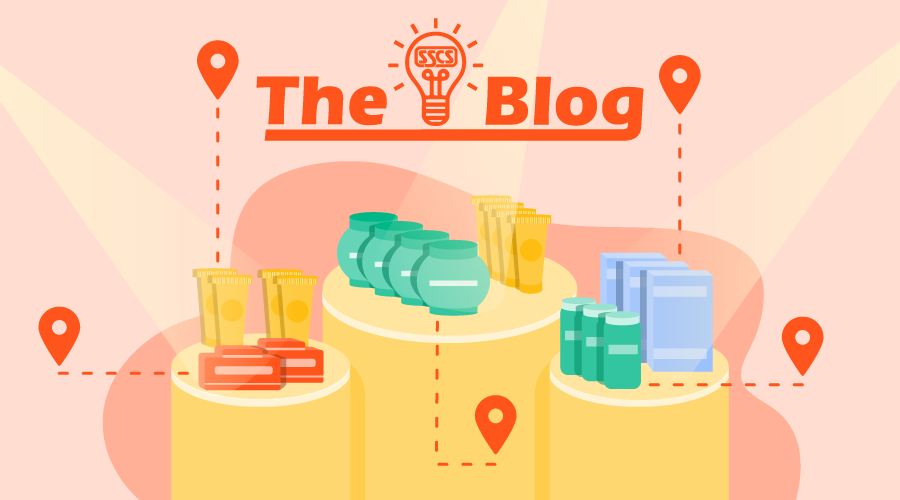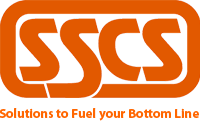Winning Friends and Influencing Customers

Retail psychology is transforming the way c-stores attract business and keep customers engaged.
Over time the convenience store industry keeps refining its approach, driven by a wealth of data—prices, item IDs, and the like—that calls out for discrete, almost mathematical analysis. It’s a business of hard numbers that lends itself to a scientific approach, but you might be surprised to find that a “soft” science like psychology can have a beneficial retail impact as well.
In recent years, the concept and application of retail psychology has been discussed among operators and implemented with greater frequency. It’s the study of consumers and the factors that influence why, how, and how much they spend.
That sounds like a excellent skill for an operator to master, and, sure enough, leading petroleum retailers do lead the way. One visible result is the greater attention being paid to store design and layout, a subject that the SSCS Blog first covered eight years ago. Creating an inviting exterior, a warm and friendly environment inside, or designing a layout that subtly “leads” a consumer to desired store sections are examples of retail psychology at work. Here are some others.
1. Visual Merchandising: Visual merchandising is the art of presenting products in a way that appeals to customers. By displaying products in an attractive and aesthetically pleasing way, you can create an inviting shopping experience and encourage customers to explore your store.
2. Product Placement: Product placement is the strategic positioning of products in a store to influence customer behavior. By placing high-margin items at the front of the store or at eye level, you can draw customers’ attention and increase sales.
3. Pricing Strategies: Pricing strategies can also have an impact on customer behavior. Offering discounts or promotions can create a sense of urgency and encourage customers to make a purchase. Similarly, offering a range of price points can appeal to customers with different budgets and encourage them to explore more products.
4. Social Proof: Social proof is the idea that people are influenced by the actions and opinions of others. Display customer reviews, highlight popular products, or showcase high-profile endorsements to create a sense of trust and loyalty.
5. Scarcity: Scarcity is the idea that people place a higher value on things that are rare or difficult to obtain. Highlight limited edition products or create a sense of urgency around sales or promotions to encourage customers to make a purchase.
By understanding and applying the principles of retail psychology, you can make your c-store more attractive, engaging, and profitable. By optimizing the shopping experience, you can increase customer satisfaction, build brand loyalty, and ultimately, boost sales.
Oh, and as far as the hard numbers on which your business relies—if you’re looking for a way to extract more profit out of the data flowing through your store, we invite you to give SSCS a call at (800) 972-7727. We’re seasoned experts at corralling your business information, preserving it, and presenting it back to you in a way that makes sense, so your profit really starts to add up. It’s the perfect foundation on which to capture the hearts and minds of customers!





Recent Comments